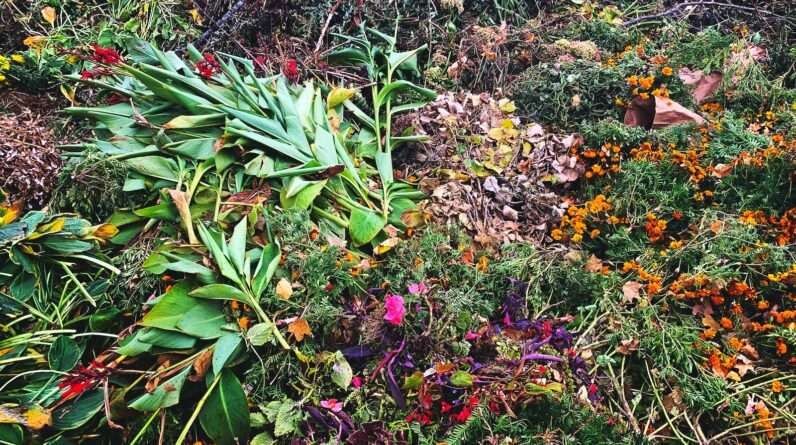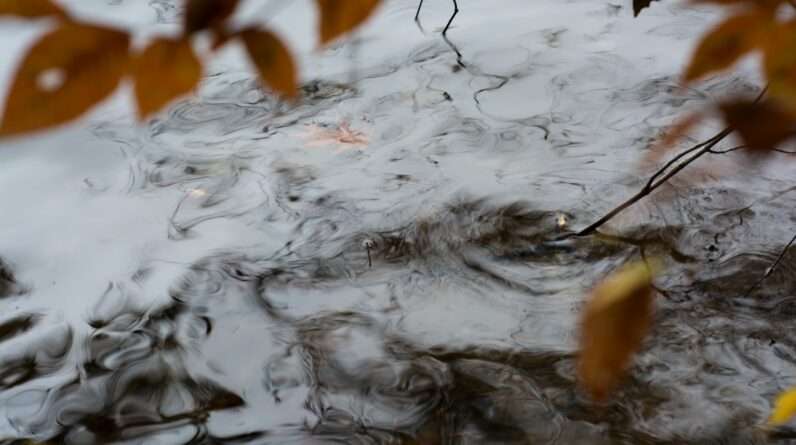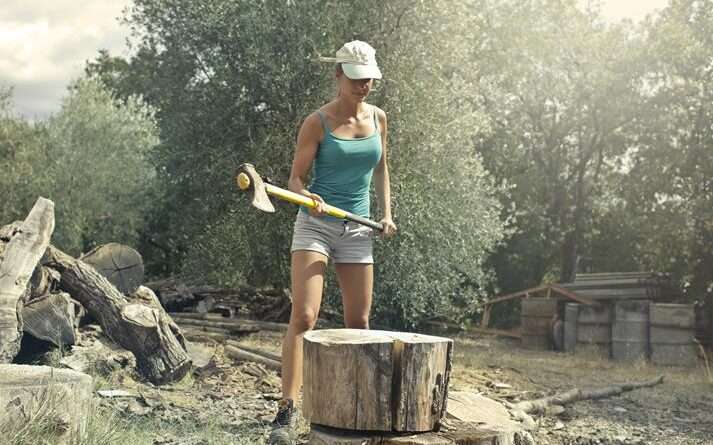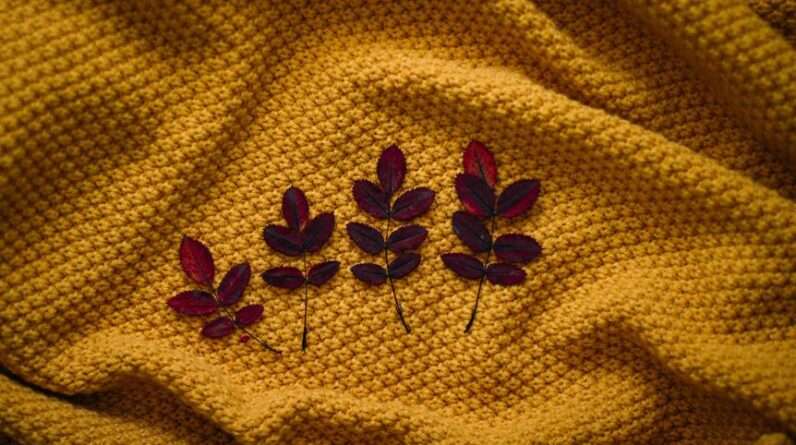
Are you ready to transform your outdoor space into a clean and organized haven this autumn? Look no further!
In this article, we will guide you through the art of decluttering and organizing your garden. From clearing fallen leaves and debris to preparing soil for winter, we've got you covered.
With our precise and detailed instructions, you'll master the art of autumn garden cleanup in no time. Get ready to create a harmonious and inviting outdoor oasis!
Key Takeaways
- Choose a sturdy rake with flexible tines for effective leaf gathering
- Install a pegboard on a wall for efficient tool storage
- Regularly clean outdoor furniture with mild soap and water
- Clear away debris from soil and plant beds by raking and composting
Clearing Fallen Leaves and Debris
Are you wondering how to efficiently clear fallen leaves and debris from your outdoor spaces? Well, here are some expert tips on raking techniques and composting leaves that will help you master the art of autumn garden cleanup.
When it comes to raking leaves, start by choosing the right tool for the job. A sturdy rake with flexible tines is essential for effectively gathering leaves into piles. Begin by raking in long, sweeping motions, working from the outer edges of your yard towards the center. This will prevent leaves from being scattered back into cleared areas.
Once you have gathered the leaves, consider composting them instead of disposing them. Composting not only reduces waste but also provides nutrient-rich soil for your garden. To compost leaves, shred them into smaller pieces and mix them with other organic matter like grass clippings and kitchen scraps. Turn the compost regularly to ensure proper decomposition.
Organizing Garden Tools and Equipment
You can easily and efficiently organize your garden tools and equipment by using a pegboard and hooks to keep everything in its place. Tool storage solutions are essential for maintaining a well-organized and functional garden space.
Start by installing a pegboard on a wall in your shed or garage. Arrange your tools by size and type, using hooks to hang them securely. This not only saves space but also allows for easy accessibility, preventing any damage or misplacement.
Proper equipment maintenance is crucial for longevity and effectiveness. Regularly clean your tools after use, removing any dirt or debris. Sharpen blades, oil hinges, and replace worn-out parts as needed. By taking these steps, you ensure that your tools are always ready for use and in excellent condition.
Now, let's move on to cleaning and maintaining outdoor furniture.
Cleaning and Maintaining Outdoor Furniture
To keep your outdoor furniture looking its best, make sure to regularly clean it with mild soap and water, as well as cover it during inclement weather. Proper maintenance won't only extend the lifespan of your patio furniture but also enhance its overall appearance. Here are three essential steps to clean and maintain your outdoor furniture:
- Start by removing any loose debris, such as leaves or dirt, from the furniture surface. Use a soft brush or cloth to gently sweep away the dirt, ensuring not to scratch the material.
- Mix mild soap with warm water in a bucket and use a sponge or soft-bristled brush to scrub the furniture thoroughly. Pay special attention to any stains or stubborn dirt.
- Rinse the furniture with clean water and allow it to air dry completely before using or covering it.
By following these steps regularly, you can ensure that your patio furniture remains clean and well-maintained throughout the year.
Cleaning the patio and protecting cushions is just the first step in preparing your outdoor space for the winter season.
Preparing Soil and Plant Beds for Winter
Make sure to clear away any debris from your soil and plant beds by raking and composting, so that they're ready for the cold winter months.
Winterizing perennials is an important step in maintaining the health and longevity of your garden. Start by cutting back any dead or damaged foliage to prevent disease and pest infestations.
Next, apply a layer of mulch around your plants to insulate the soil and protect the roots from frost. Mulching techniques can vary depending on the type of plants you have, but a general rule of thumb is to apply a layer of organic mulch, such as shredded leaves or straw, to a depth of 2-3 inches.
This will help regulate soil temperature and retain moisture, ensuring that your perennials survive the winter and thrive in the spring.
Storing and Winterizing Plants and Bulbs
If you want to protect your plants and bulbs during the winter, it's important to store them in a cool, dry place. Here are three essential steps to help you store and winterize your plants and bulbs effectively:
- Insulating containers: When storing potted plants, make sure to use insulated containers to protect them from extreme temperature fluctuations. Wrap the pots with bubble wrap or burlap to provide an extra layer of insulation. This will help prevent the roots from freezing and keep the soil moisture levels balanced.
- Protecting delicate perennials: Before the first frost, trim back the foliage of delicate perennials and cover them with a layer of mulch or straw. This will provide insulation and protect the plants' roots from freezing temperatures. Additionally, you can use frost blankets or row covers to shield them from harsh winter winds.
By following these steps, you can ensure that your plants and bulbs survive the winter months and thrive when spring arrives.
Happy gardening!
Frequently Asked Questions
What Are Some Common Mistakes to Avoid When Clearing Fallen Leaves and Debris From the Garden?
When clearing fallen leaves and debris from the garden, be aware of common mistakes. Ensure you use proper technique to avoid damaging plants, rake in the direction of the wind, and dispose of the waste properly.
How Often Should Garden Tools and Equipment Be Cleaned and Organized?
You should regularly clean and organize your garden tools and equipment to ensure their longevity and optimal performance. Proper garden tool maintenance and equipment organization are crucial for efficient gardening and a well-maintained outdoor space.
What Type of Cleaning Products Should Be Used to Clean Outdoor Furniture?
To clean outdoor furniture, use eco-friendly alternatives like vinegar and water or a mild soap solution. These cleaning solutions are effective and safe for the environment, ensuring your furniture stays clean and well-maintained.
Are There Any Specific Steps to Take When Preparing Soil and Plant Beds for Winter?
To prepare your soil and plant beds for winter, start by removing any dead plants and weeds. Then, till the soil to loosen it up and add compost or organic matter for nutrients. Finally, cover the beds with mulch to protect them from freezing temperatures.
What Are Some Tips for Storing and Winterizing Plants and Bulbs to Ensure Their Survival During the Colder Months?
To ensure the survival of your plants and bulbs during colder months, it's important to properly store and winterize them. Follow these tips for storing bulbs and overwintering plants to protect them from the harsh winter conditions.







